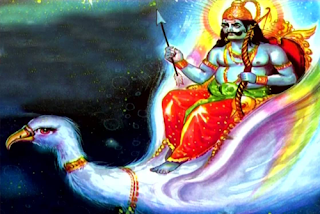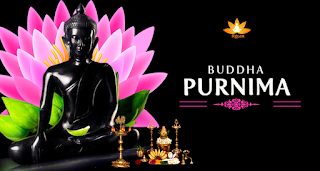
Shani has always been one of the most feared planets in Hindu astrology. Shani sade-sati is considered highly ill-fated and all other planets fail to give any positive results if Shani is in a bad position. There are numerous myths, legends related to Shani Dev, let’s have a look at some of them. Who is Lord Shani? Surya Dev or Sun God had two sons, Yama and Shani. His mother was Chhaya and hence is also known as Chhayaputra. Shani Dev represents the planet Saturn and is the lord of Saturdays. His elder brother Yama is also known as God of death. While Yama, gives the results of one’s deeds after death, Shani is known to give one the fruits of his deeds in his present life itself. He is also referred to as Saura, Pangu, Mandu, Kruradris, Asita and Saptarchi. Why is Shani Dev feared? At the time of birth of a Hindu child, the position of his astrological planets is determined, to have an account of his future. Hindus give high importance to the effect of p
